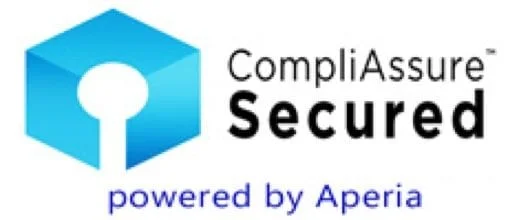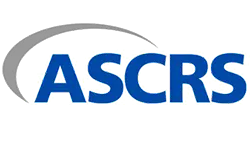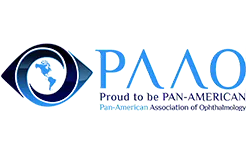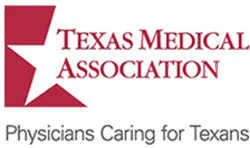Lasik can be used to correct nearsightedness, farsightedness, and astigmatism, some of the most common eye ailments. If you are in the area of San Antonio, TX, you might already be doing a search for "eye doctor near me" to find a surgeon who can help you. If so, our ophthalmologist at Vision 3C Specialists is here to help.
What Is Lasik?
During the Lasik procedure, the surgeon makes a flap in the eye. Then a laser is used to make the correction in the eye. Once the correction is complete, the surgeon puts the flap back down over the eye. The entire surgery usually takes less than half an-hour.
What Does Recovery Entail after Lasik Surgery?
Unlike other kinds of surgery, recovery from Lasik is very fast. Most patients are back to their normal lives within a couple days. Patients should spend some time resting their eyes even if they feel fine, and vision may be blurry at first. Some patients might also experience puffy eyelids, sensitivity to light, and the appearance of halos at night. Anyone who experiences serious pain after surgery should contact an eye doctor.
Can I Have Lasik if I Have Cataracts?
Having cataracts will prevent you from being able to benefit from the benefits of Lasik. Lasik can only correct nearsightedness, farsightedness, and astigmatism but the corrections will be short lives if you are suffering from cataracts. If you are planning on having both cataract surgery, you should speak with our eye doctor about how you want to plan it out.
Get Lasik Surgery and Cataracts Surgery from an Ophthalmologist
Many people are more than satisfied with their Lasik results. Even people who have spent decades wearing glasses or contacts can find that it is easy to adjust after surgery. If you are in the area of San Antonio, TX, and would like to experience corrected vision through Lasik, call us at Vision 3C Specialists today so we can get you started. Call us at (210) 538-2020 for Lasik and cataracts surgery from our “eye doctor near me.”









